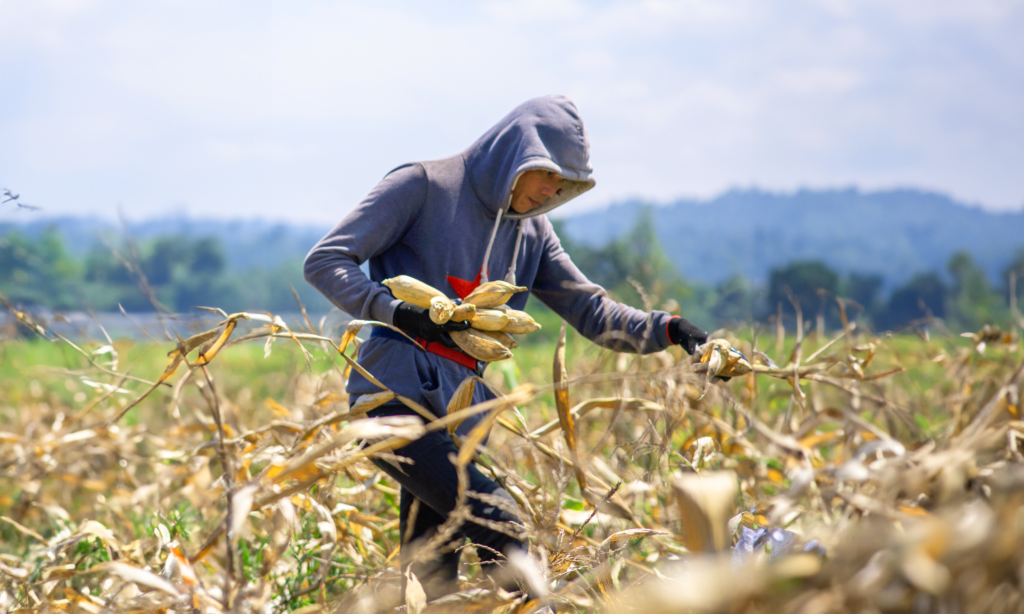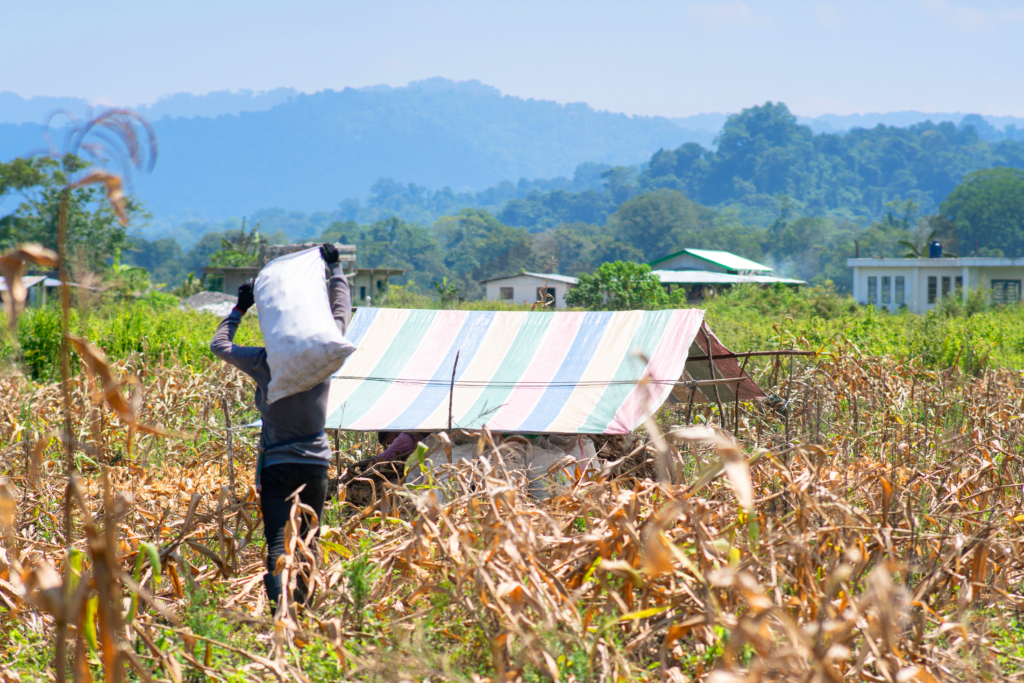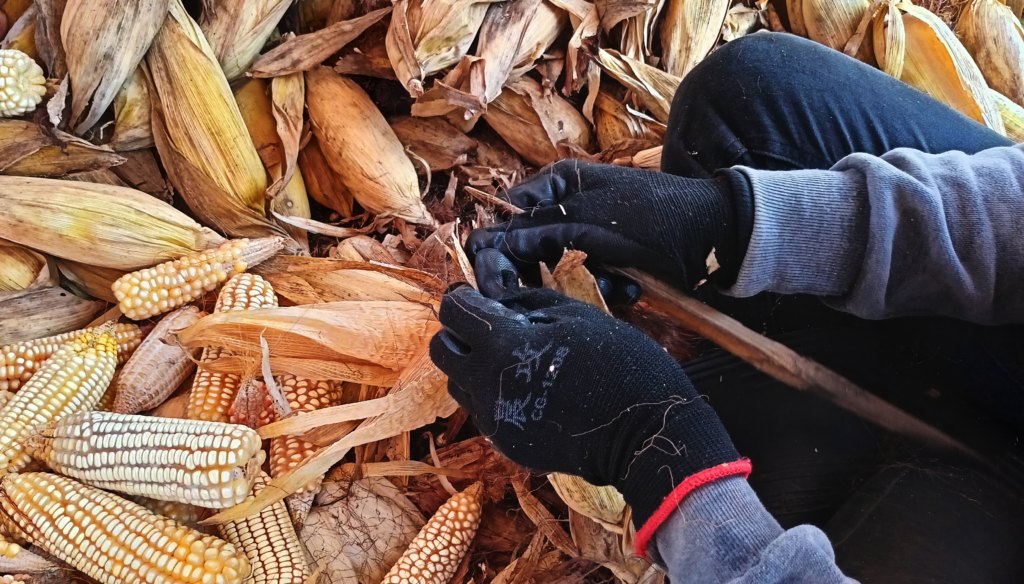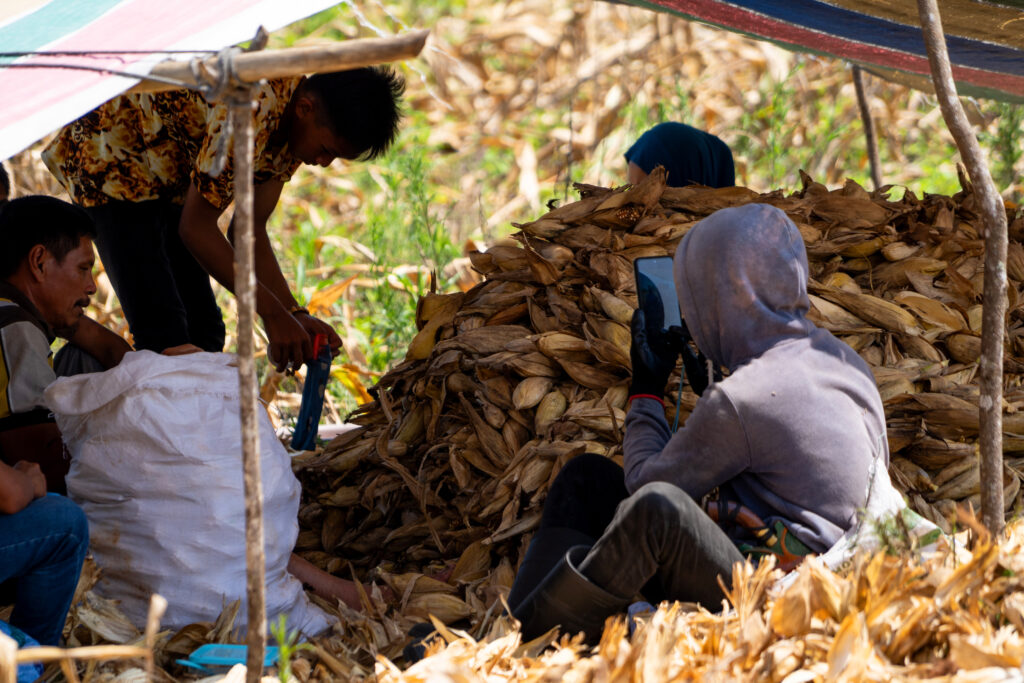When you set foot in the charming municipality of Butig, you’ll discover that corn is one of its primary agricultural commodities. The fields here are predominantly adorned with either corn or rice crops. Corn plays a multifaceted role in the lives of the locals, serving as a source of sustenance, animal feed, and even a means of livelihood.

Amidst the rich green tapestry of the area, the bright yellow stalks of corn create a striking contrast. The natural landscape of Butig takes on a unique and almost surreal appearance, especially when you’re fortunate enough to have a field that faces the majestic Mount Makaturing, locally known as the Sleeping Beauty.

Butig was once classified as a sixth-class municipality, reflecting its previous status as an area affected by conflict. The farmers in Butig primarily cultivate crops not solely for profit but as a means of daily sustenance. Corn, in particular, holds a special place in their agricultural practices.
Corn is a low-fat food rich in carbohydrates and protein. It often serves as a substitute for rice, especially when white corn is the choice. The yellow variety of corn is widely used as livestock feed for animals like cows, ducks, and chickens. In Butig, corn is more commonly used to nourish livestock than its human inhabitants.
Cornfields in Butig are easily distinguishable from afar, their tall, stout yellow grass adding a serene beauty to the landscape. The visual contrast is most pronounced as the corn approaches harvest time. Once the corn is withered, the local farmers use a traditional sickle known as “sanggot” to cut down the cornstalks. They then collect the corn, either husking it or retaining the kernels depending on their intended use.

Located at an elevation of 800 meters above sea level, the quality of the soil in Butig is ideal for cultivating crops, resulting in high-quality corn yields. However, one key aspect is missing in the local farming landscape: a strong cooperative that can help these corn farmers thrive collectively. While a cooperative does exist, it requires empowerment and support to enable corn farmers to achieve greater returns.
Indeed, corn is deeply ingrained in the agricultural practices of Butig. The farmers here possess the knowledge and skills needed for corn cultivation, both in terms of when and how to plant it. The next goal is not just to plant corn for survival but to leverage this valuable crop to enhance their overall quality of life in Butig. This involves strengthening the cooperative and developing sustainable farming practices that will ultimately benefit the entire community.

Story by Kit John de Galicia